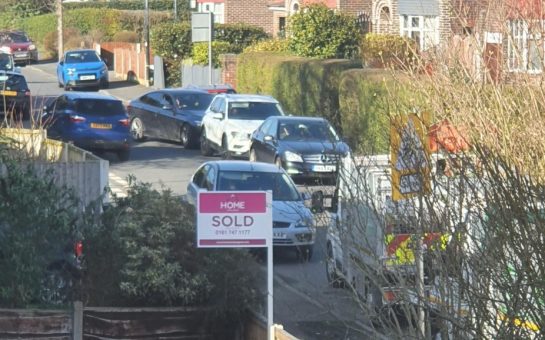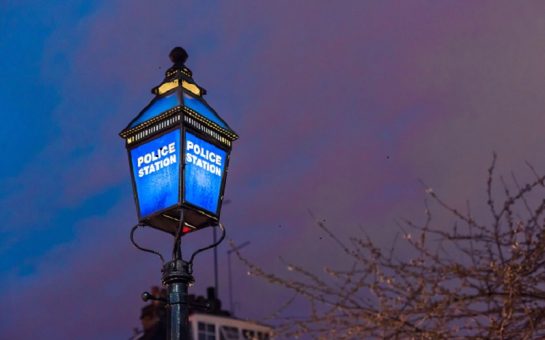The Church of Scientology has finally submitted a planning application to Trafford Council to restore the former Duckworth’s Essence Distillery, over a decade after originally purchasing the property.
The striking Grade II-listed building has laid empty since 2006, when it was bought for a reported £3.6m.
In 2007, a ‘change of use’ application was submitted to the council to transform the Church Road landmark into an Ideal Org: a super-church described by the organisation as providing “the full services of Scientology religion to its parishioners, while also serving the community with social betterment and outreach programs.”
However, these were later withdrawn, and no further plans were put forward until this year.
Minor renovation work began in February, when workers were spotted repairing the boundary fence. The new plans include extensive exterior work such as re-roofing and the replacement of brickwork and windows.
The opening of the new church may result in the closure of Scientology’s current Mancunian base on Deansgate, according to Rod Keller, senior reporter at Scientology blog The Underground Bunker.
He told MM: “If they follow the pattern, they will vacate the old Org location.
“Many Orgs are moved from central locations to the outskirts is because an Ideal Org has to be 50,000 square feet of space – that is expensive in city centres, but more affordable further out.”
Scientology has come under fire in the UK for its property purchasing habits in recent years.
In 2016, the International Business Times (IBT) published a report highlighting how the Church had bought four listed buildings across the country which were now all languishing.
As well as the Trafford Essence Distillery, the IBT pointed out that the organisation had also snapped up: Plymouth’s Royal Fleet Club, bought for £1m; Windmill Hills Nursing Home in Gateshead, costing a tasty £1.5m; and Birmingham’s Pitmaston House, purchased for an unknown sum.
Since then, only the Birmingham site has opened as a functioning centre – but work did start on the Gatehead site earlier this year.
‘RICH ORGANISATION, FEW PARISHIONERS’
Although there are no official statistics on the number of Scientologists worldwide, it is often dismissed as a uniquely American fad.
Indeed, for many people, it is an image of Tom Cruise jumping up and down on a sofa that springs to mind when they hear of the religion.
But few know that the United Kingdom was once the organisation’s world headquarters for around seven years while Scientology’s founder, author L. Ron Hubbard, lived in West Sussex. His former home, Saint Hill Manor in East Grinstead, remains the British headquarters, and the majority of British followers live in the area.
Estimating how many Scientologists there are in the UK is tricky, as there are no official statistics. MM spoke to John Sweeney, a BBC Panorama reporter with a number of documentaries and books on the religion under his journalistic belt, to find out more.
“The church has an estimated 30,000 members worldwide then of those I would say it’s got 20,000 in the States. There are a good number of people in East Grinstead, a small number at the Queen Victoria Street church in London, and hardly anyone elsewhere.
“What you’ve got is a very rich organisation which can afford buildings but has very few parishioners. You’ll hardly see anyone in them.
“There’s normally a tiny handful of staff, maybe two or three people, who are there every day, and that’s it, and that situation replicates itself across Britain.”
MM contacted the Church of Scientology for a comment but are yet to receive a response.



